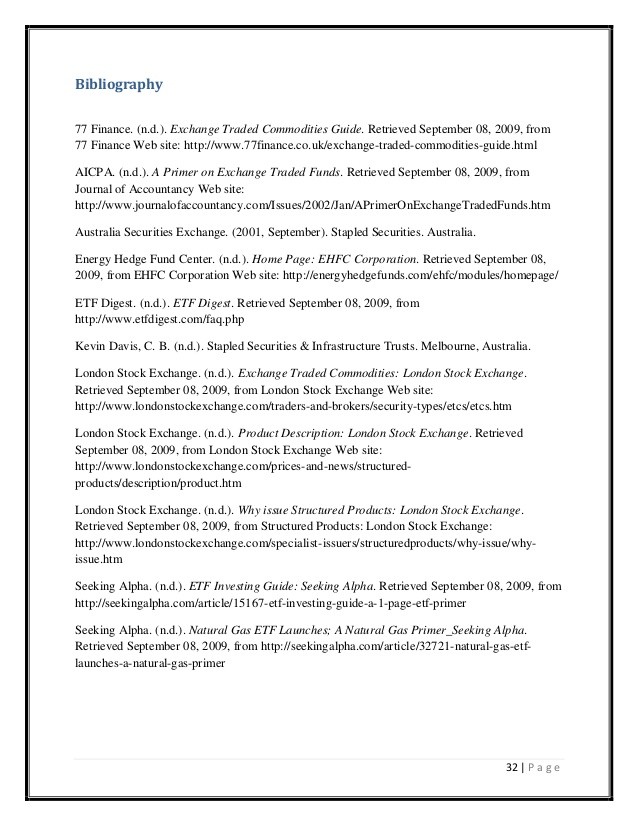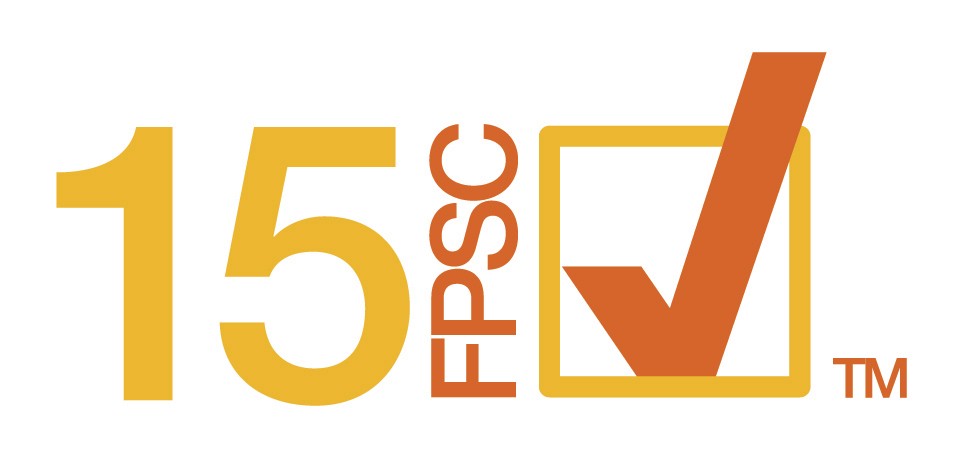A Primer on ExchangeTraded Fund (ETF) Terminology
Post on: 6 Апрель, 2015 No Comment

T his is a post by our regular columnist Clark.
An ETF is a well-known investment vehicle these days; usually, they closely track an index – be it sector or asset class – by holding the same basket of stocks or bonds similar to index (mutual) funds. The difference between ETFs and index funds is that ETFs trade on the stock market and can be bought and sold at anytime during trading hours. So, their price varies based on market conditions similar to individual stocks. This also provides the chance to sell short or buy on margin in a taxable (non-registered) account. These ETFs are usually sold with lower expense ratios than corresponding index funds. However, trading commissions are paid on ETFs, whereas mutual fund units can be bought free of cost. This post will look at some of the key terms associated with ETFs.
Net Asset Value (NAV)
This is the total value of each share of an ETF calculated using the total of its underlying holdings (including cash) minus liabilities and the total number of shares.
NAV = Total net assets of the ETF / Total number of outstanding shares
The market price may be different from the NAV of the ETF since the price may fluctuate depending on market forces (supply and demand).
Market Price
As mentioned above, an ETF’s trade price may vary from its NAV. This is markedly different from an open-end mutual fund where units are bought and sold at their NAV. Nonetheless, most ETFs do trade at prices close to their NAV.
Premium and Discount
Since market forces of supply and demand establish ETF prices, the variations from the NAV are termed as premium and discount .
- Premium (+) to NAV: An ETF that trades at a price higher than its NAV is available at a premium to its NAV.
- Discount (-) to NAV: An ETF that trades at a price lower than its NAV is available at a discount to its NAV.
Market Return
This is the total return earned by an investor based on the difference between their average selling price and average buying price minus trading commissions for each.
% Market Return (annualized) = [<(SP TC) / (BP + TC)> ^ (12/N) – 1] * 100 where,
SP = average sell price

TC = trading commission
BP = average buy price
N = Number of months invested
NAV Return
This is the total return based on the NAV (the same formula above can be used after replacing the market prices with the NAVs) of the ETF at the start and end of the holding period. The NAV return may vary from the market return due to market swings ; so, ETF investors should use market return to calculate their total return, except for those who bought creation units.
Creation Unit
A creation unit refers to the least amount of ETF shares (typically, tens of thousands) that can be traded with the fund company directly at NAV. Due to the sheer volume of these trades, only market makers and financial institutions can afford to trade them; the majority of retail investors will have to be content with ETF shares at market prices, traded over a stock exchange.
Open-end fund
This structure is used by various ETF groups including iShares. In this type of structure, the units can be issued and redeemed at any time. However, ETFs do not offer individual shares directly to investors and only issue their shares as creation units. Large institutions and market makers buy these creation units through a group of securities that mirror the ETFs holdings. After buying these creation units, the market maker splits the unit and sells the individual shares on a stock exchange, thereby enabling retail investors to get a share of the pie.
Closed-end fund
The term closed refers to the fact that these types of funds are closed to new investments after the initial capital has been raised for the fund. Thus, an investor is left to purchase these funds from the secondary market (market maker or another investor). Closed-end funds seldom trade near their NAV.
Do you invest in ETFs? Are there more key terms associated with them that one should know?
About the Author. Clark works in Saskatchewan and has been working to build his (DIY) investment portfolio, structured for an early retirement. He loves reading (and using the lessons learned) about personal finance, technology and minimalism. You can read his other articles here .














